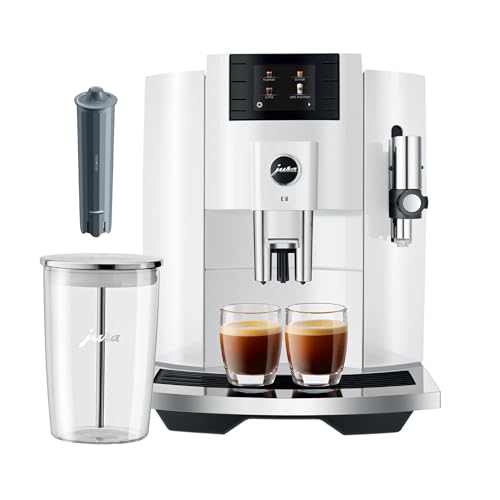If you’re serious about improving your latte art skills, having the right milk pitcher is just as important as learning to froth milk properly. A good milk pitcher gives you better control, helps you shape the foam precisely, and can even inspire you to try more advanced designs. But with so many options available, how do you pick the perfect one?
Let’s walk through what matters when choosing a milk pitcher and why it’s more than just a simple jug.
1. Size Matters: Picking the Right Capacity
Milk pitchers generally come in a range of sizes, with 12 oz (350 ml) and 20 oz (600 ml) being the most popular for home use.
- 12 oz pitchers are ideal for a single cappuccino or latte.
- 20 oz pitchers are better if you’re making multiple drinks or a larger latte.
read more: Espresso Accessories That Actually Make a Difference
Starting with a smaller pitcher is often easier for beginners because you can better control the milk flow and foam consistency.
2. Spout Shape: The Secret to Beautiful Latte Art
The spout design is crucial. It directly affects your ability to create hearts, rosettas, and tulips.
- Sharp/pointed spouts are perfect for detailed art like fine lines and multiple layers.
- Rounder spouts are better for simple, bold designs like hearts.
If you’re just beginning, a medium-sharp spout gives you the most versatility as you learn.
3. Handle or No Handle?
Some milk pitchers come without handles, which can offer better control for some baristas. However, if you’re starting out, it’s usually best to choose a pitcher with a comfortable, sturdy handle. It helps you maintain a steady grip, especially when your hands are wet or slippery.
4. Material and Build Quality
Look for stainless steel pitchers they are durable, easy to clean, and maintain consistent temperature during frothing. Some pitchers also have non-stick coatings, which can help reduce milk residue buildup, but these coatings may wear off over time.
5. Weight and Balance
A lightweight pitcher is easier to handle, but it shouldn’t feel flimsy. A good milk pitcher has enough weight to stay stable in your hand but is light enough to allow for fine movements during pouring.
Before buying, try to test the balance by holding it at an angle, as you would when pouring latte art.
6. Additional Features: Measuring Lines and Thermometers
Some pitchers come with internal measuring lines to help you pour the right amount of milk. Others even include built-in thermometers to monitor milk temperature while frothing. These extras aren’t essential but can be helpful, especially for beginners.
Start simple
Choosing the best milk pitcher isn’t just about looks it’s about improving your skills and making your latte art journey more enjoyable. Start simple: pick a good size, a spout shape that fits your skill level, and a solid build. As you practice more, you’ll notice how much the right tool can elevate your coffee game.
Happy pouring!













